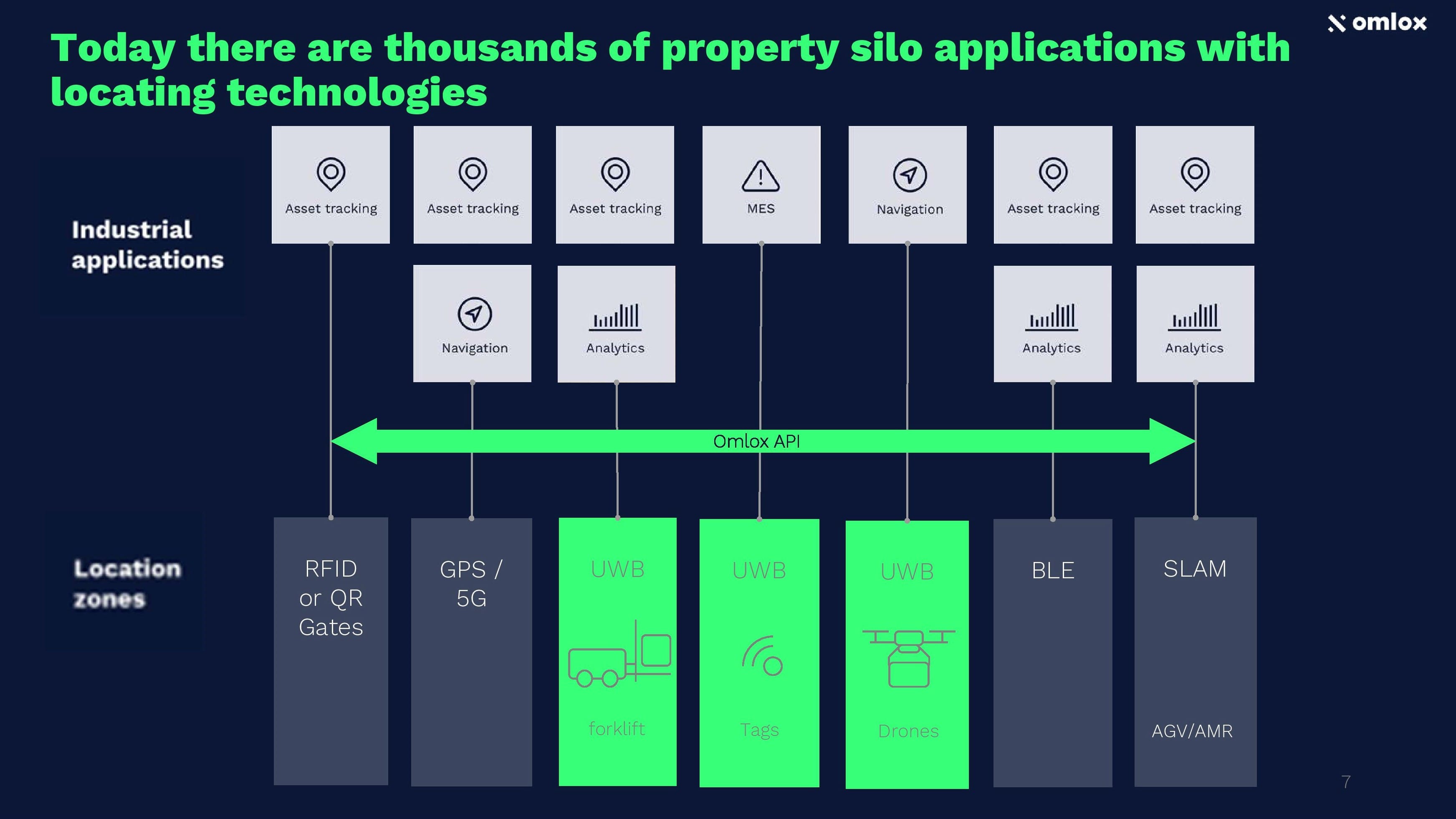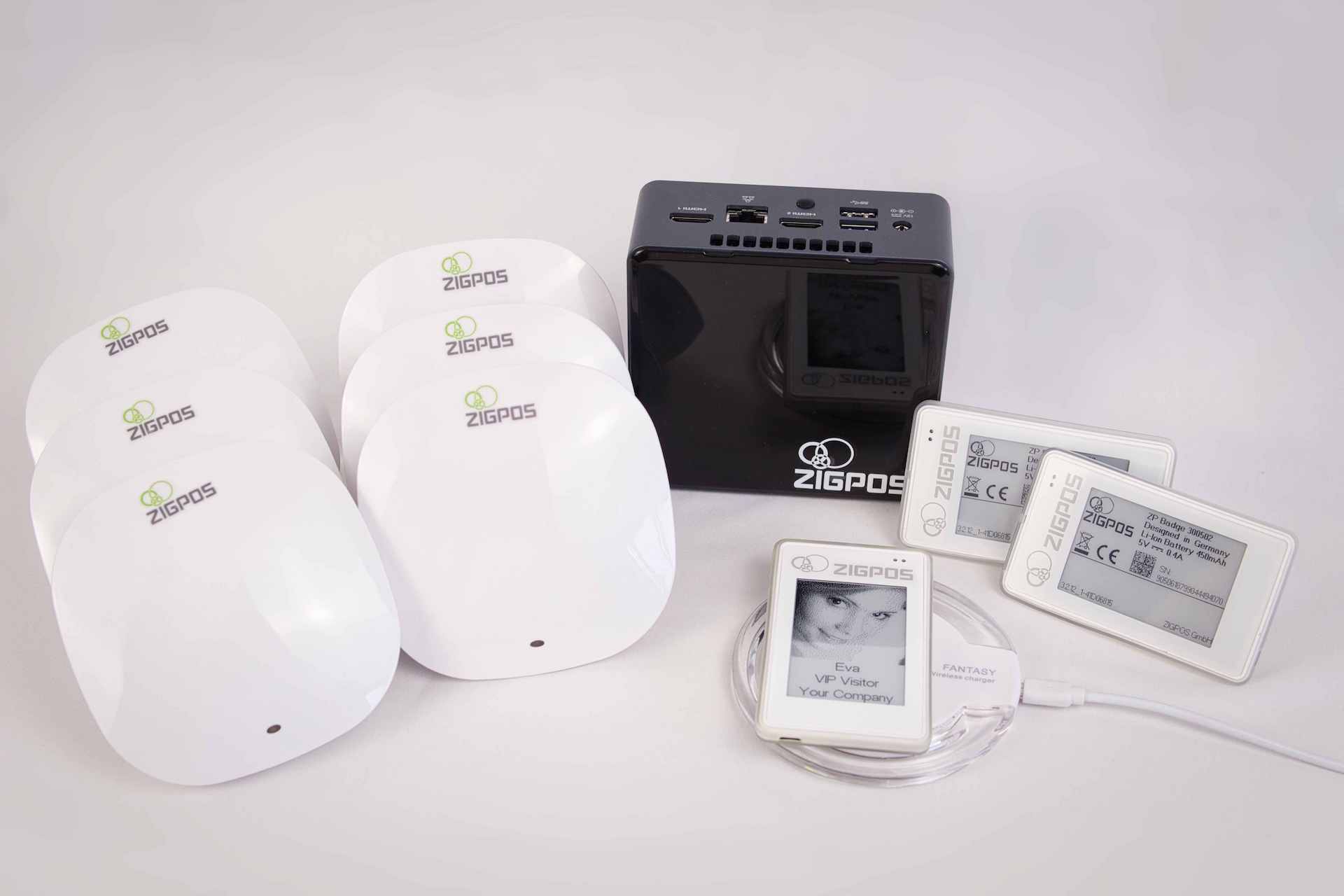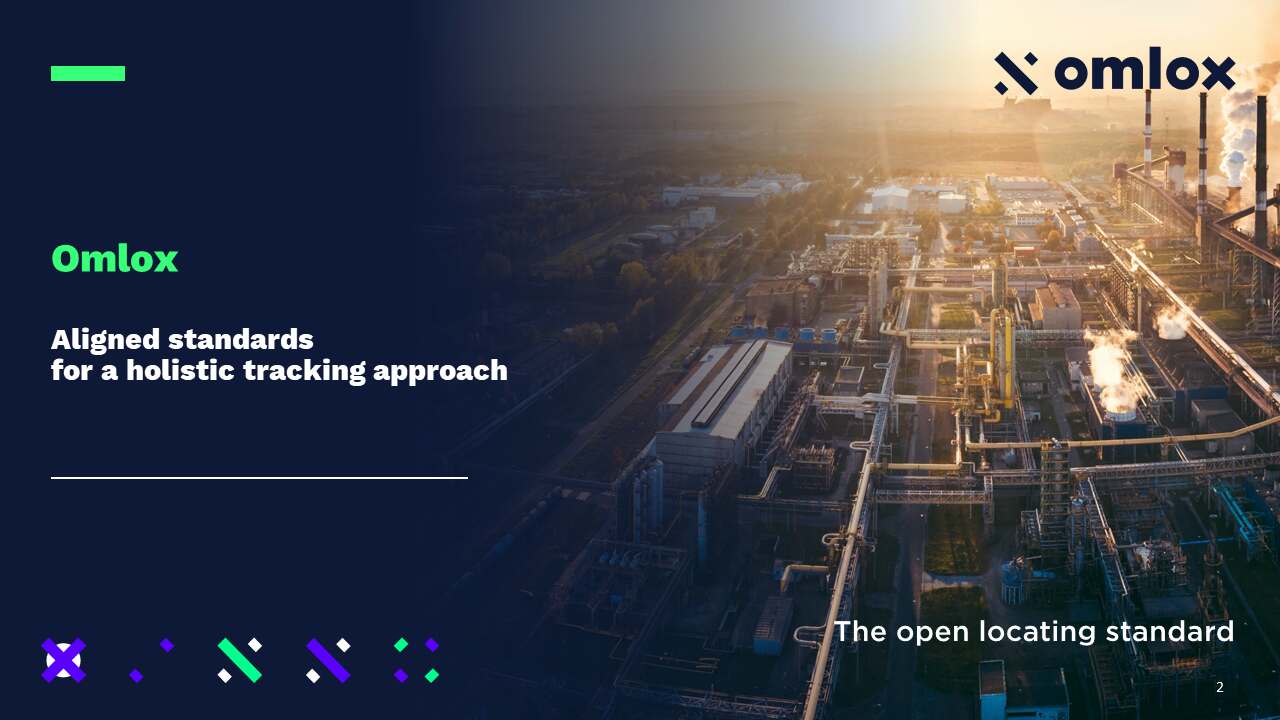What can the new international Omlox standard do and what was it developed for? The following article provides answers to the most current and important questions about Omlox and standardization in the world of locating systems.
State of the art of indoor locating
Due to smaller production quantities and more individuality, the bottleneck of production today is no longer the machine, but the intralogistics. This is where indoor locating comes in. Real-time production planning is intended to minimize downtimes and the associated costs. This requires machine data as well as data on the location of the products. Here, UWB (ultrawideband) is used as the technological basis, with which accuracies of a few centimeters in position can be achieved.
The problem, however, is that systems from different vendors cannot communicate with each other. Thus, the industrial truck tracked by vendor 1 with UWB cannot read the RFID chips of vendor 2’s containers. In practice, this is a major disadvantage for the development of smart factories.
Why a standard in locating?
Standards make life easy and create advantages for adapting partners over proprietary vendors. We are used to being surrounded by standards in the IT and consumer world and demand them on other levels as well.
Standardized interfaces make it possible to focus on what one has mastered to perfection and still create systems with enormous complexity. In short: Change the Game from individual projects to solutions based on the open standard.
Omlox represents the first international locating standard. The goal is to be able to link different locating technologies and products from different manufacturers in order to seamlessly network the production process from start to finish.

Who is leading the standardization effort?
In mid-2018, the first developments of about 20 project partners for the common international standard started. Today, the Omlox organization is managed by Profibus & Profinet International (PI) and has about 60 member companies worldwide. All of these companies have defined Omlox as a complete specification and can produce Omlox-compatible products, all of which must pass certification.
Through various country groups of the PNO (Profibus User Organization), Omlox can also anchor itself regionally, which means that local contacts will be available for companies in the near future.
How will Omlox work?
… An overview …
Hardware required will be satellites and tags. The satellites will be distributed in the production hall, the tags will be located on the products or their containers as well as all other things that are to be located. The display then always shows the next production step or the direction in which the object is to be transported or is moving. Superfluous information and paperwork are a thing of the past, which is in line with the idea of lean management. In the future, machines will also be able to prepare themselves for incoming orders by using location data. Geofencing or linking with a specific truck when passing the RFID loading gate represent even more potential of Omlox.
The top level is the open interface Omlox-Hub API, which unifies all collected location data. There, a uniquely developed higher-level control software can then evaluate and process any information, regardless of which manufacturer’s device it comes from. It is comparable to the Android system, whose apps also run on all Android end devices, regardless of which manufacturer they come from.
Thanks to this open standard, manufacturers will also be able to integrate the tag into other devices in the future, for example into mobile tools or other parts of a factory. In the future, the satellites can also be installed in lamps, for example, so no extra installation would be necessary.
Furthermore, the Omlox Core Zone will be designed so that the UWB technology behind it is already capable of being used by products from various manufacturers. In addition, other location zones will then be connected to the Omlox Hub.
More detailed information can also be found in the corresponding Omlox Whitepaper.
Is the ZIGPOS RTLS omlox compliant?
Yes. As we are also part of the membership community around Omlox, our systems are developed to be compliant with the international locating standard.


